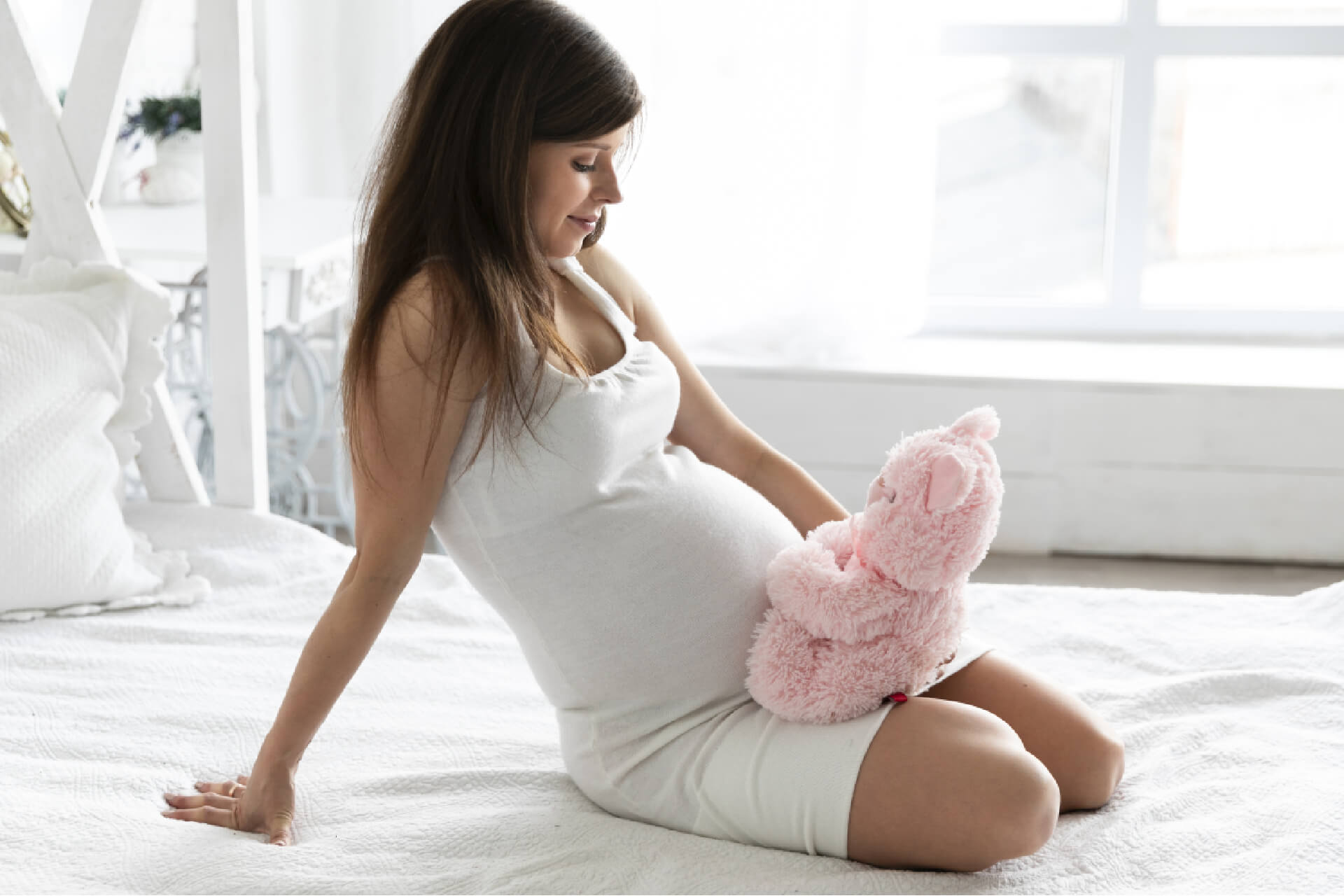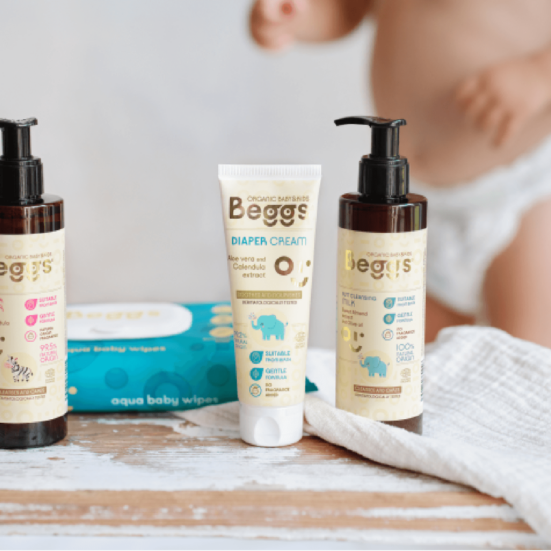Your life and You will start to change from the moment you find out that you are expecting a new addition. Pregnancy is a beautiful and exciting time, but it comes with many challenges that can be confusing. They are associated with hormonal imbalance. Above all, the increased production of estrogen and progesterone, which affect your thinking, behavior, tastes, physical appearance and the quality of your skin, hair and nails.
Here are seven common and less common pregnancy changes that you can prepare for in advance.
Nesting instinct
As your due date approaches, you may feel a strong urge to clean, organize and redecorate your home. “Nestling” is considered a natural instinct in preparation for birth. If your baby is due in late spring or summer, the urge to nest may be heightened for the following reasons:
- you realize that caring for a child will take a lot of time and energy and you want everything to be prepared in advance
- you feel a strong excitement about the arrival of a new bundle of joy and you want to have everything as it should be
Nesting does not have a harmful effect on you or the baby. However, please follow these precautions:
- do not lift heavy objects
- avoid jobs where there is a risk of falling
- avoid contact with chemicals
- ensure regular ventilation
- don’t exhaust yourself
- try to rest as much as possible and save your energy for giving birth and caring for the baby.
Mood swings
Mood swings are very common during pregnancy. These emotional swings are caused by a variety of factors including fatigue, stress, physical discomfort, anxiety about upcoming life changes, and sudden changes in hormonal activity. In the first 12 weeks of pregnancy, estrogen levels increase more than a hundredfold1.
While mood swings are an almost inevitable part of pregnancy, that doesn’t mean you have to experience emotional discomfort. Be kind to yourself. Be patient and remember that what you are experiencing is a temporary state caused by hormones.
You can improve your emotional well-being by doing the following:
- talk to your partner or children
- surround yourself with positive environments, people and information
- prepare yourself for morning sickness
- rest whenever you can
- find a supportive friend, perhaps one of your relatives or close friends, who understand you
- take a childbirth course and hire a doula
- connect with other moms-to-be
- try yoga, swimming, exercise, pregnancy massage or meditation
- harmonize your diet and supplement it with suitable supplements
- visit a counselor
Joint mobility
During pregnancy, the hormone relaxin is produced in your body. It helps to prepare the pubic area and cervix for childbirth. It relaxes muscles, joints and ligaments in the abdomen, pelvis and back. This can cause pain, feelings of weakness and instability and increase susceptibility to injury. Go slowly when exercising or lifting objects. Avoid sudden, jerky movements.
Do you know that… you can support your lower back and abdominal area with a pregnancy belt to help to reduce pain, strengthen your posture, and provide more comfort in your daily activities?
Foot size
According to a new study, pregnancy can increase the size of a woman’s foot. This change appears to be permanent and is mainly caused by the extra weight that women carry during pregnancy. Long-term stress puts more pressure on the feet and flattens the arch2. In addition, water retention during pregnancy means that many women suffer from swelling of the legs, ankles, feet and toes.
What can help to reduce swelling:
- avoid long standing
- wear comfortable shoes and socks
- try to rest with your feet up as much as possible
- drink plenty of liquids
- try to do regular exercise
Varicose veins, hemorrhoids and constipation
Varicose veins are usually found in the leg and genital areas. They arise when blood accumulates in dilated veins due to pregnancy hormones. After childbirth, it usually disappears gradually.
How to avoid them:
- avoid prolonged standing or sitting
- prefer loose clothing
- wear support bandages
- put your feet up when sitting
Hemorrhoids are also common during pregnancy. Your blood volume has increased and the uterus is putting pressure on the pelvis. The veins in the anus can thus enlarge into grape-like clusters. They can be very painful, bleed, itch or burn, especially during or after a bowel movement.
Another common pregnancy affliction is constipation. It occurs because pregnancy hormones slow down the passage of food through the digestive tract. In the later stages of pregnancy, the uterus can press on the colon, making it difficult to have a bowel movement. In addition, constipation can contribute to the development of hemorrhoids, as straining during bowel movements can enlarge the rectal veins. The best way to deal with constipation and hemorrhoids is to prevent them. A diet rich in fiber, maintaining a drinking regime and regular exercise will help to activate the bowels, strengthen the muscles of the pelvic floor and relieve pressure on the veins in the anus.
Breast size
Breast enlargement is one of the first signs of pregnancy. The change in their size in the first trimester is caused by a higher level of estrogen and progesterone and is not final. Your breasts enlarge and grow throughout your pregnancy.
You can relieve the growing and sensitive breasts with the right bra:
- Maternity and nursing bras are usually equipped with hooks, moreover, they do not have underwired cups.
- They are made for greater support and comfort.
- Sleeping bras will help provide support for larger breasts. Focus on wide straps and a soft cotton lining.
- When exercising during pregnancy, wearing a supportive bra is especially important because your breasts are heavier. A properly chosen bra will provide the necessary support and minimize discomfort.
Skin, hair and nails
Up to 70% of pregnant women suffer from hyperpigmentation3. Increased formation of brown or yellow spots appears on the cheeks, nose and chin.
Acne is quite common in expectant mothers because the sebaceous glands produce more oil. Marks or freckles you had before pregnancy may change in size and darken. Most of these skin changes should disappear after delivery.
Many pregnant women also experience heat rash, caused by humidity and sweating.
During pregnancy, there are also changes in the structure and growth of hair and nails. Hormones can cause hair to thin and fall out. Nails can split and break more often.
You can support the quality of skin, hair and nails:
- Don’t wear your hair in tight styles like a tight ponytail or braids. In these hairstyles, the hair is overloaded and under unnecessary tension, which increases hair loss.
- Use shampoos and conditioners that contain nutrients that promote hair growth, such as biotin, silicon dioxide, or vitamin E.
- Pay attention to a balanced diet. Focus on eating fresh fruits and vegetables. They contain antioxidants and flavonoids that reduce inflammation, soothe the skin and revitalize the appearance of the hair.
- Focus on quality skin creams with a protective SPF factor.
- When in the sun, protect yourself by wearing appropriate clothing, sunglasses with a UV filter and a head covering.
- Avoid using solvent-based nail products (such as polish removers) that dry out the nails.
- Keep your nails short. Then you won’t have to worry about them cracking or breaking.
- Wear rubber gloves when doing housework and cleaning to protect your skin and nails from harsh chemicals.
- When painting or polishing your nails, instead of cutting your cuticles, push them back.
- Follow the drinking regime.
- Enrich your menu with suitable supplements, for example a high-quality nutritional supplement with essential amino acids and biotin, which has a number of other benefits in addition to beneficial effects on hair and skin.
Do you know that… up to 80% of skin aging is caused by UV radiation, which reduces the amount of hyaluronic acid in skin cells? Make sure you use a vanishing cream with an SPF factor all year round. Include products containing hyaluronic acid, which is safe even during pregnancy, in your cosmetic equipment4.
Resources:
1. https://www.nigeriamedj.com/article.asp?issn=0300-1652;year=2012;volume=53;issue=4;spage=179;epage=183;aulast=Kumar
2. https://www.livescience.com/27583-foot-size-pregnancy.html
3. https://pubmed.ncbi.nlm.nih.gov/17567299/
4 https://www.aad.org/public/cosmetic/scars-stretch-marks/stretch-marks-why-appear




